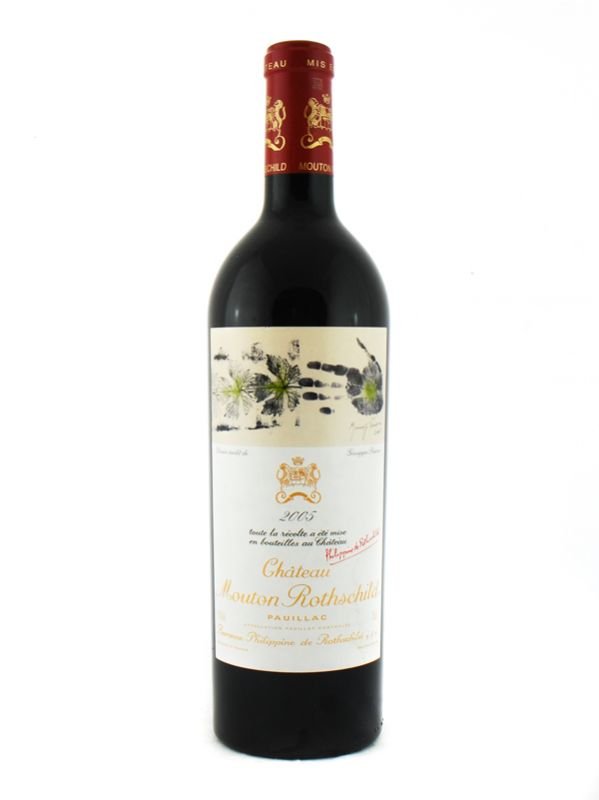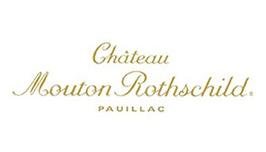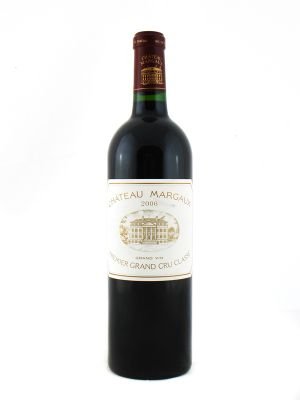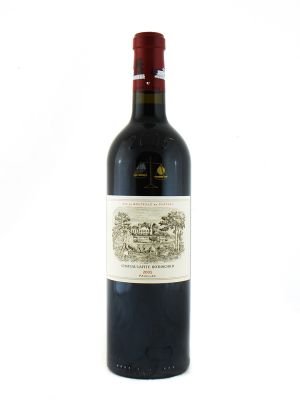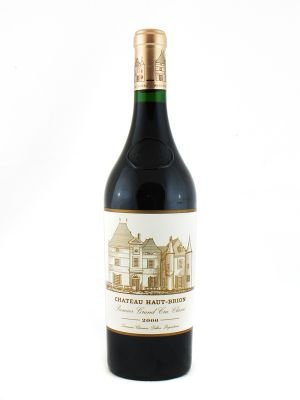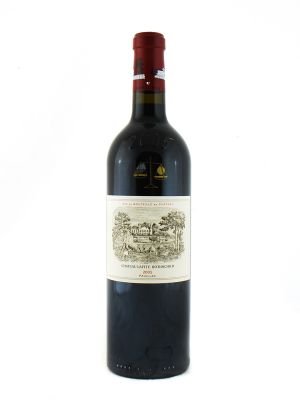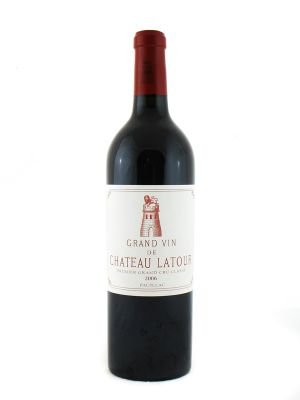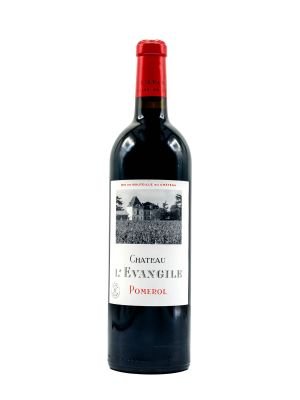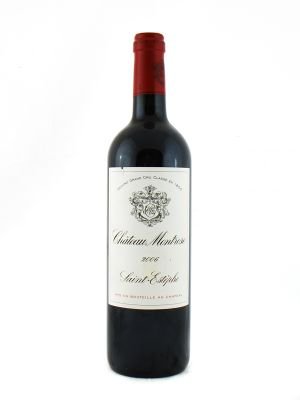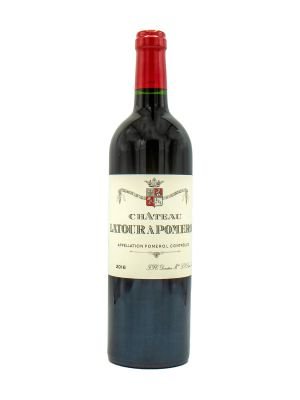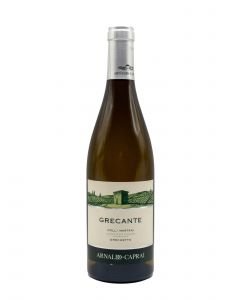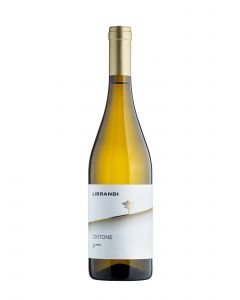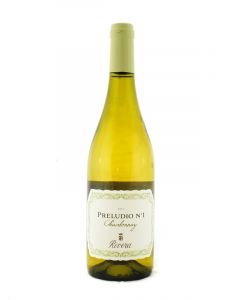Chateau Mouton Rothschild 2005
Shipped free
 Prompt delivery if you order before 14:30,
Prompt delivery if you order before 14:30,
Chateau Mouton Rothschild is located in Pauillac, where the Cabernet Sauvignon grape, planted here in the early 19th century, reaches its peak expression. The 1,200 hectares of the Pauillac appellation include three of the five Premier Crus Classés du Médoc et de Graves: Lafite, Latour, and Mouton. This glorious trio is surrounded by 15 of the 60 Médoc estates to be included in the famous 1855 classification.
In summary
Awards & Recognition
 98/100
98/100
How to taste it

Visual tasting
Clear, deep, dark ruby red in color with light garnet reflections. Consistent.
Olfactory tasting
An elegant and complex nose combining refined notes of oak, toasted bread, and vanilla with intense, wild berries. Hints of mint and spice round out the bouquet, adding freshness and originality.
Taste tasting
Powerful and consistent on the palate, refined and succulent tannins combine with concentrated flavors of blackcurrant and blackberry that reinforce the impression of fullness. The finish is very long, accompanied by a touch of softness.
What to pair wine with Chateau Mouton Rothschild 2005
Chateau Mouton Rothshild pairs well with the great classics of French and Italian cuisine.
Contains sulfites.
Chateau Mouton Rothshild extends across 90 hectares of vineyards northwest of Bordeaux, on the edge of the Médoc peninsula, itself located, as its name suggests, in medio aquae, meaning 'between the waters': those of the Gironde estuary to the east and the Atlantic Ocean to the west. The Médoc vineyard, which dates back to Roman times, today covers approximately 16,500 hectares. The vines are planted on a narrow strip of land 80 km long and 5 to 10 km wide, near the river, which irrigates the soil deeply and reduces temperature differences. Bordering the northern edge of the Landes forest, the Médoc benefits from the mildness of the oceanic climate while being protected from its excesses. As in any great wine-growing region, the vagaries of geology and microclimate produce wines of diverse styles and qualities, some of which must make do with generic appellations: Médoc, Haut-Médoc, or Bordeaux. The elite are found within a handful of prestigious local appellations such as Margaux, Saint-Julien, and Saint-Estèphe. One of the most famous is certainly Pauillac, where the Cabernet Sauvignon grape, planted here in the early 19th century, reaches its peak expression. The 1,200 hectares of the Pauillac appellation include three of the five Premier Crus Classés du Médoc et de Graves: Lafite, Latour, and Mouton. This glorious trio is surrounded by 15 of the 60 Médoc estates included in the famous 1855 classification. The wine has an attractive, dark, deep color and is still very youthful, and an elegant and complex nose combining refined, intense, and wild notes. The palate is both powerful and consistent, revealing firm, juicy, and succulent tannins, combined with concentrated flavors of blackcurrant and blackberry that reinforce the impression of fullness. The finish is very long, accompanied by a touch of sweetness and the perfect expression of the rich and ripe Cabernet Sauvignon typical of great Pauillac vintages.


 Italiano
Italiano Deutsch
Deutsch
